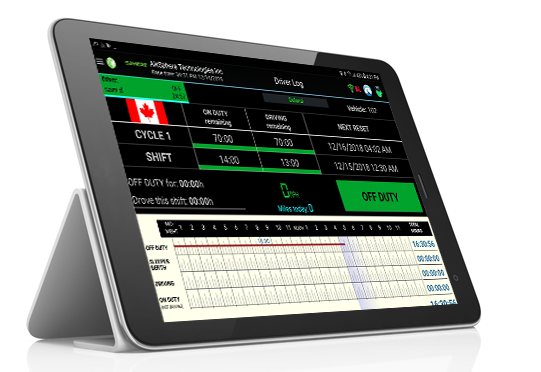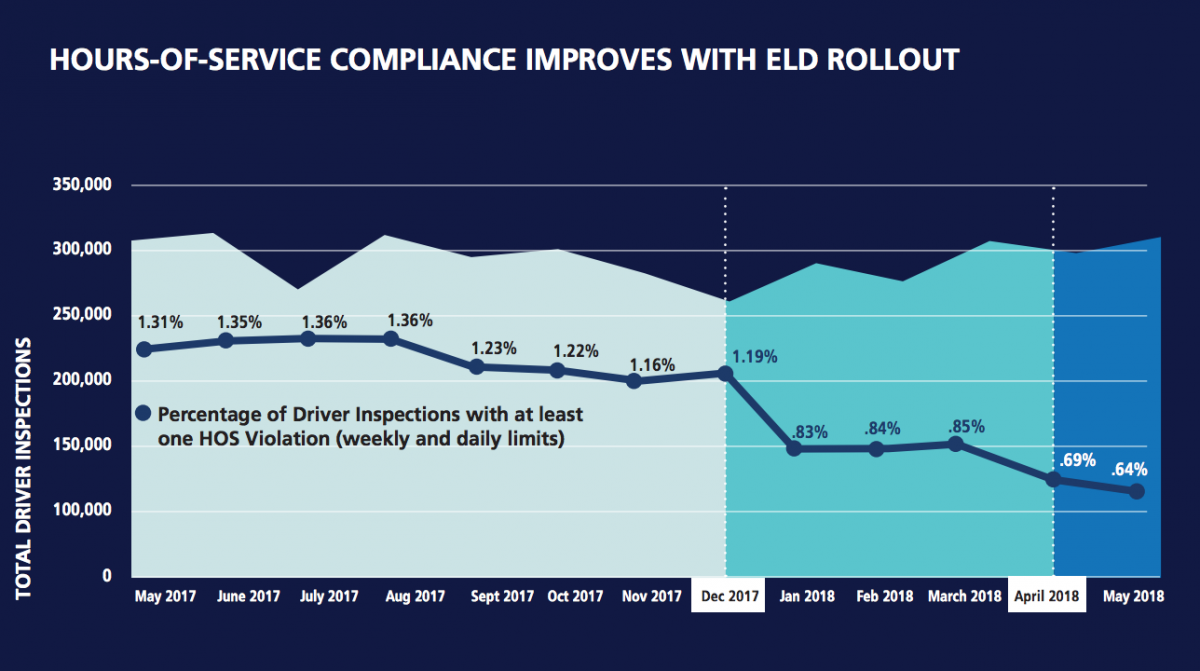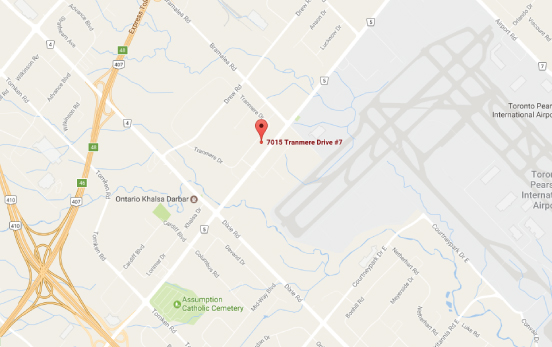Driver Vehicle Inspections- Safety Practice

All drivers must prepare a driver vehicle inspection report (DVIR) for each vehicle operated by them and must submit these reports as per FMCSA. Submission of these reports does not relieve the Motor Carrier company from any effects on the safety of the Motor vehicle. All drivers must certify their inspection reports. Failure to certify may result in citations. It is also the responsibility of the Motor Carrier to retain the original copies of the reports and certifications for at least 3 months from the date of creation of the report.
Pre-Trip inspection
The daily vehicle inspection that the drivers do before they start their trip is called Pre- trip inspection or full circle check. It is a requirement by the highway traffic Act. In this inspection drivers outline any defects that he/she comes across. When there is a minor defect driver must record the defect and report to the operator. In case of a major defect, drivers are not permitted to drive until it is repaired.
Post- trip inspection
All drivers must make sure that the vehicle is in good condition for the next driver. This is called post trip inspection. In this inspection as well, drivers are required to record major and minor defects.
Inspection every 24 hours
Drivers are required to complete a vehicle inspection every 24-hour period and make sure that the vehicle is in good condition throughout the trip. Drivers must detect any major and minor defects and submit the report to their Motor Carrier on return.
Key inspection report points required by Ontario regulation 199/07
Inspected vehicle’s license plate number and jurisdiction
The drivers must enter the plate number and plate jurisdiction of the vehicle. They might be cited if this information is not displayed on the DVIR. Motor Carriers must record all the vehicle information in their system and must make sure that this information is well displayed in the inspection reports submitted by their drivers.
Operator’s name
It is crucial that the driver’s name should be displayed in the DVIR before it is submitted. It allows the authority to know as to who operated the motor vehicle and certified the DVIR. Our ELD provides individual login credential for each driver along with synchronization between E-log and DVIR applications. This helps drivers to have their name and Motor Carrier company information displayed automatically on each DVIR.
Date, time, location where the inspection was conducted
It is important that this information is accurately entered in the inspection report as it depicts where and when the inspection was done. Drivers can get citations if any of this information is missing. If using our DVIR app this information is automatically generated but also allows the drivers to enter the information manually.
Name of the person who conducted the inspection
If the person who conducted the inspection is different than the driver then the name of that person should be printed on the inspection report. Still, the driver needs to sign the daily inspection report before they start driving the commercial motor vehicle or drawing the trailer.
Odometer of the vehicle
If the driver is operating a commercial motor vehicle, odometer reading of the vehicle must be included in the daily inspection report.
Statement of satisfactory condition of vehicle
If no major or minor defects are found in the motor vehicle during daily inspection report then the driver must sign the statement stating that no major or minor defects were found during inspection. To sum up, the condition of vehicle is satisfactory to drive.
Statement that the vehicle is inspected in accordance with the provincial/ federal regulations
A statement must be signed by the person who conducted the daily inspection stating that the inspection is done in line with the provincial/federal regulations.
Disclaimer- The rules and regulations are subject to change any time. Readers must verify with the authority, FMCSA/MTO and must not rely on the contents of this blog.







